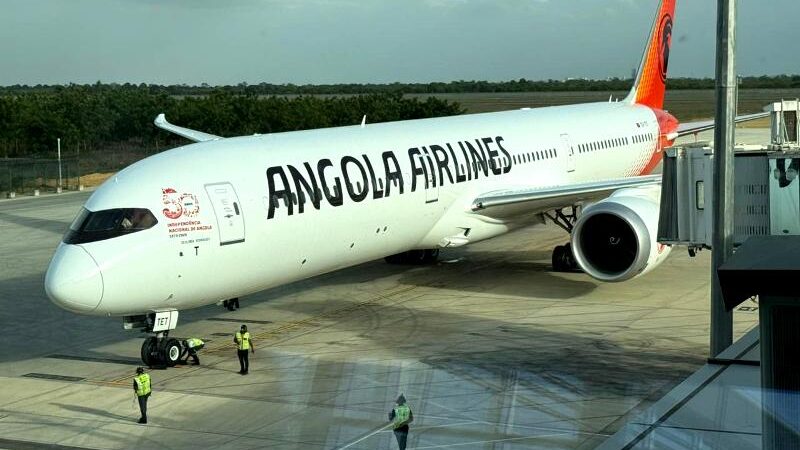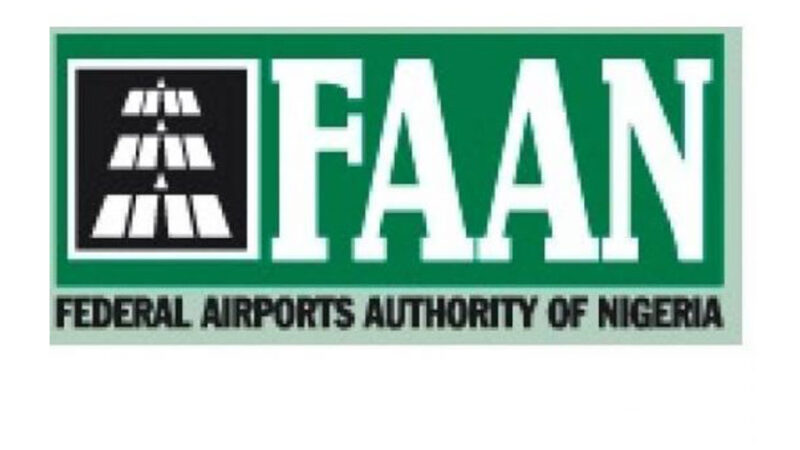Manpower Training, Succession Challenges In Nigeria’s Aviation Industry

“Human resource is the greatest asset in any functional entity, community or nation state. An industry that invests massively in its human resource will definitely reap a bumper harvest of successes. Well remunerated and trained staff perform optimally. They are confident, courteous and professional in their approach to problems solving.”
These were the words of President of Aviation Safety Round Table Initiative (ASRTI), Air Commodore Demola Onitiju (Rtd) in his welcome speech at the Quarter1 ART Business Breakfast Meeting held yesterday at Golfview Hotel, Lagos, under the theme, Manpower Strategy Training, Succession And Human Capital Development In The Nigerian Aviation Sector.
“Aviation is team work. Pilots, cabin crew members, ground staff and engineers work together as a team. Every segment is important,” he said, adding that “the ART believes that human resource development in the Nigerian aviation sector should integrate modern technology, cyber security, Artificial Intelligence, innovation and data analysis together with state of the art aeronautical and navigational aids. It is our view that the optimization of processes, efficient use of resources would promote seamless coordination between the operators and the ground handlers, caterers and cleaners. But all these come at a price – training!.
We are also convinced that a frontal approach to human capital development could be enhanced through training. Secured career progression could help tackle this.”
“The ART also recognizes the importance of soft skills which is attainable through effective communication, team work and mutual respect as being fundamental for aviation professionals. Soft skills complement the technical expertise of aviation professionals,” said Onitiju.
In his Presentation, the former Rector of Nigeria College of Aviation Technology (NCAT), Zaria, Capt. Samuel Caulcrick said: “The aviation industry requires over three million (3M) civil aviation professionals over the next ten years (284,000 new pilots, representing a 39% increase from 2023 to 2032; 402,000 new aircraft maintenance technicians will be needed over the next ten years, representing a 78% increase in demand, etc. The materials needed to mould into these aviation professionals will have to come from diverse backgrounds in society for the best quality professionals.
The exorbitant costs of training aviation professionals has put many families in emerging markets like Nigeria at a disadvantage of having one of their own become aviation professionals, particularly pilots and maintenance engineers – that limits the materials the industry has to choose from.”
He advocated a private sector and strong government participation that will widen the recruitment ground for next generation of high quality human capital in aviation and called for an urgent National Aviation Policy to make career in aviation affordable through government subsidy in human capacity building in the sector. This he says will open up opportunities for pupils from social backgrounds to become aviators and produce best material to select from the mould into future aviators “including support personnel in the sector.”
The former Director General of Nigeria Civil Aviation Authority (NCAA), Engr. Benedict Adeyileka said: “The African continent has not made the industry well known in areas that could be considered as the potential reservoirs for aviation manpower recruitment. Slow appreciation of aviation in Africa has contributed to the creation of a gap between the optimum staff in the different aviation sectors and the staff available.
According to Boeing, Africa needs 67, 000 pilots, technicians, cabin crew to solve manpower problems. For example, in Nigeria, the scarcity of skilled manpower to replace the retiring workforce is putting the aviation industry on the edge as the Nigerian College of Aviation Technology (NCAT), Zaria trains professionals yearly without companies to engage them for their services. The aviation industry globally is facing a similar problem.”
Adeyileka said the Aviation Industry Global Skills Survey (GSS) conducted in 2022 by IATA had “concluded that the perceived gap in aviation is a quantitative staffing gap rather than a qualitative skills gap.” He identified three reasons for staffing gap as mmultiple alternative opportunities, long-time-to-deployment and budgetary constraints.
For pilots, he said the main reason for the staffing gap is “Time to deploy”; two reasons for gap in maintenance and engineering are multiple alternative opportunities and long-time to deploy. For cabin crew, “ongoing partial budget constraints” and for cargo and handling, it is multiple alternative opportunities.
To overcome staffing gaps, he recommended increase in the use of the ‘Train the Trainer’ concept, introduction of new methods of training with more virtual and hybrid options to balance training with operational activities, consideration to move to new methods of training such as performance-based training solutions (Competency-based training and assessment (CBTA), and Evidence-based training (EBT), benchmarking of compensation against similar industries, cross utilization of staff and introduction of on-the-job measures to better match the training requirements to the employee qualification.
Training strategies recommended include identifying key training priorities, defining the right topics and people to train, utilizing the budget more efficiently, pursuing more affordable IT solutions to support staff skilling and outsourcing certain tasks.
“Success planning should involve all levels of the aviation organization, from senior leaders to frontline employees. It is important to identify key positions and potential successors at all levels of the organization. Success planning should also involve input from various stakeholders, including HR professionals, managers, and employees as success planning will ensure that the organization has a pool of talented individuals who are ready to take on key positions when the need arises. This reduces the risk of disruption to the business operations, as there is a smooth transition of leadership. It helps to retain and develop talent within the aviation organization, as employees are given clear career paths and opportunities for growth. This improves employee engagement and reduces turnover rates. It also “helps to build a strong leadership pipeline, which is essential for the long-term success of the aviation organization.”
It will identify high potential talent and create leadership development programmes. “Seasoned leaders in aviation organisations should play a crucial role in shaping the next generation. Formal mentoring programmes to connect aspiring leaders with experienced executives will aid transfer of appropriate skills,” he said, identifying benefits of succession planning as risk mitigation, employee engagement and competitive advantage.
In his contribution, former Director General, NCAA, Dr. Harold Demuren emphasized the importance of training stating that training is key in aviation safety.
Speaking on behalf of Flight Dispatchers Association of Nigeria (FLIDAN) during the panel session, the Managing Director of Aviatrix Training School, Mrs. Victoria Adegbe stressed the need for the NCAA to give more attention to flight dispatchers’ training, type rating, licensing and deployment and build a data on dispatchers which the regulator doesn’t currently have because of lack of attention on the profession.
Engr. (Mrs) Christiana Adeagbo of National Association of Air Traffic Engineers called for round pegs in round holes in recruitment and deployment of air traffic engineers.
On the issue of mass exit of professionals from Nigeria to other countries, former Managing Director of Federal Airports Authority of Nigeria (FAAN) Capt. Hamisu Yadudu advised that the trend be perceived as a positive trend and that emphasis should be on massive training of replacements.
Managing Director of Belujane Konzult Limited, Mr. Chris Aligbe buttressed this position, pointing out that Ethiopian Airlines trains and exports 60 pilots annually to different parts of the world, leasing some out like aeroplanes, adding that private airline investors are in the market to make money and not to train personnel for others to poach, a situation that has been the trend in Nigeria over the years.
In his contribution, the Chief Executive Officer of TopBrass Aviation, Mr. Roland Iyayi noted that many state governments are sponsoring training of pilots in their hundreds who are graduating with 250 flying hours but that only few airlines have confidence to accept them when they come out.
“The people who should take decisions on these issues should begin to see things differently” he said, adding that adding that “we have a policy lacuna that needs to be filled. The people at the helm should be those who understand the dynamics of the industry.”
“Young engineers are not being engaged for reasons of type rating and training. The PTDF Act make provision for development of the aerospace. The aviation industry should also benefit from that fund” said Mr. Galadima Abadinego, President, National Association of Aircraft Pilots & Engineers (NAAPE).
SEE MORE PHOTOS






